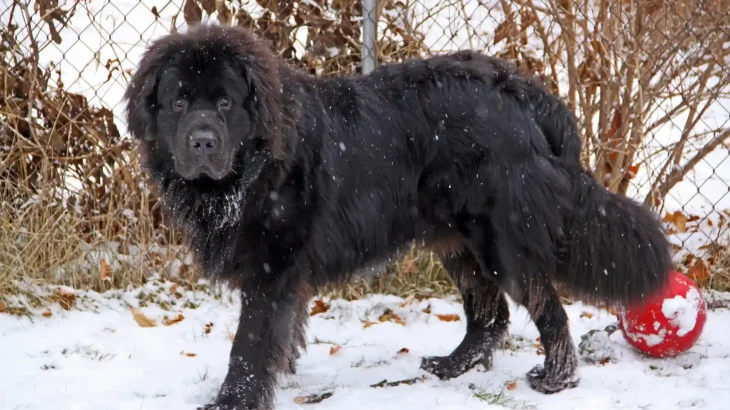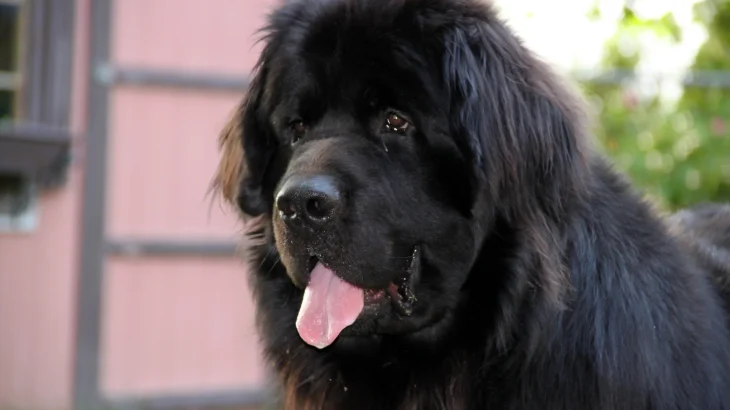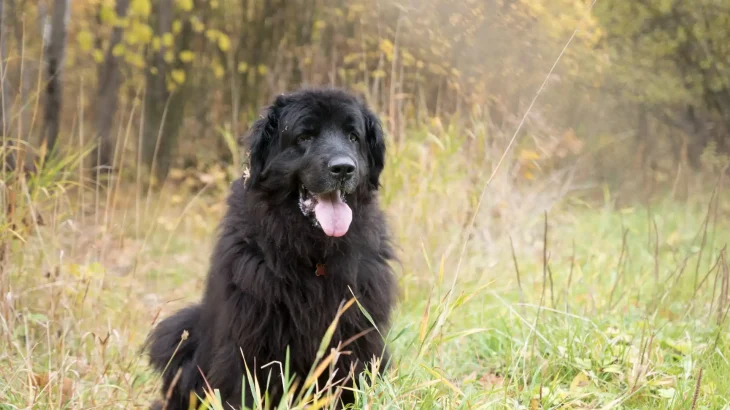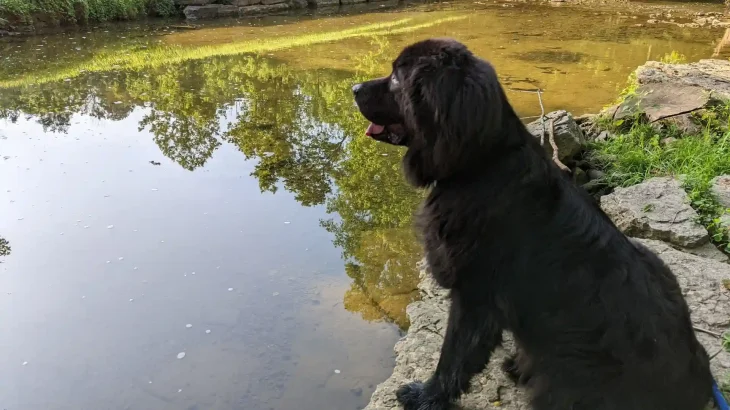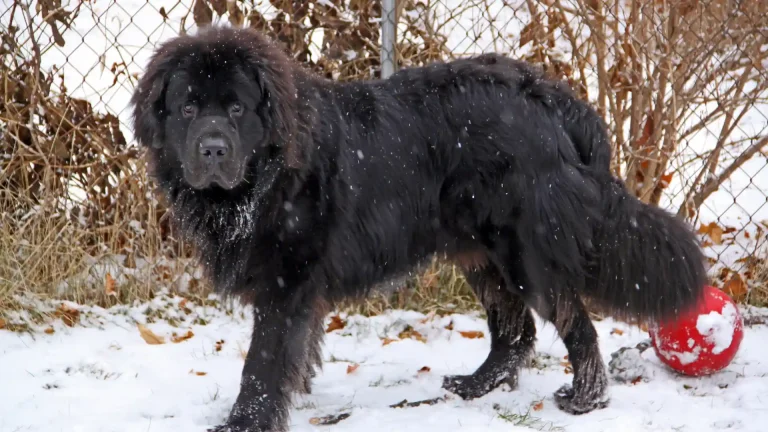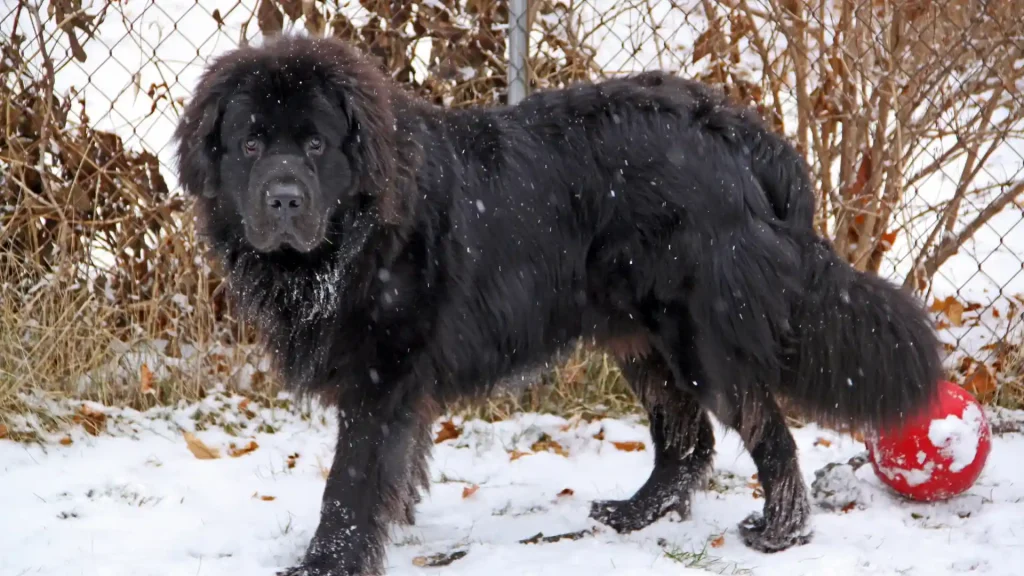When deciding whether to bring home a Newfoundland puppy, you can choose to adopt or buy from a breeder. Each option offers different advantages related to cost, health transparency, and background information about your new furry friend. The right choice depends on your priorities concerning ethical practices and insights on health and temperament.
Here's a comparison of the two options:
| Criteria | Buying from Breeder | Adopting from Shelter/Rescue |
|---|---|---|
| Cost | Usually higher due to purebred status and breeder expenses. | Lower fees, often including initial veterinary care. |
| Health History | Detailed health records and genetic testing often provided. | Health info may be limited, though basic screening is typical. |
| Age Availability | Mostly puppies, enabling bonding from a young age. | Varied ages, from puppies to adults. |
| Temperament Insight | Breeders can share lineage and temperament traits. | Behavior observed but full history may be unclear. |
| Supporting Practices | Supports selective breeding; choose reputable, ethical breeders. | Supports animal welfare by saving dogs needing homes. |
| Risk of Genetic Disorders | Lower if thorough genetic screening is done. | Possibly higher due to unknown lineage or past conditions. |

